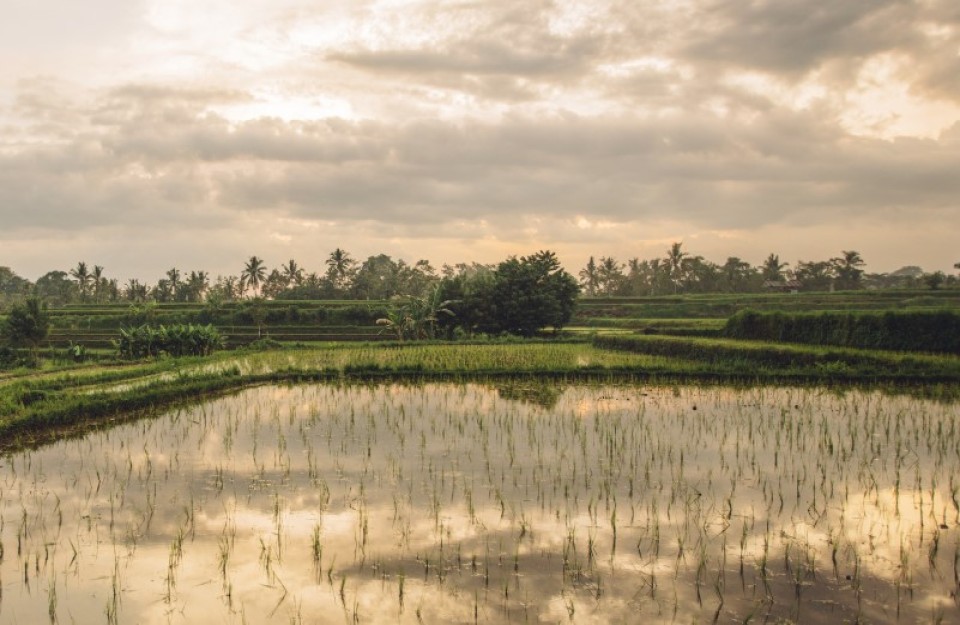
Erratic Monsoon patterns in India is causing deficient rains in few regions, while excessive rain in North is creating concern for most farmers in India. Since the onset of Monsoon in India from June 1 a total of 312.6 mm of rainfall has been recorded in India which is considered normal as average rain during this period in previous years near normal has been average at 313.9 mm. Southern India seems to be reeling most in the impact of deficient rains despite normal start to the monsoon arrival in this region. Rainfall recorded in South overall is still minus 19% from normal. Rains have been excessive in Punjab, Himanchal, Harayana and Rajasthan where it has been in excess of + 43%. What is the Impact of Monsoon in India this season.
Heavy rainfall has had adverse impact on planted crops in Haryana, Punjab, and Uttarpradesh. Many farmers now need to relook at planting again. On other hand, average rainfall in Jharkhand Andhra/Chhattisgarh, Bihar is likely to have a slow-down on planting of Rice crops. Crops that are standing have been hit due to excessive down pours and vegetable like tomatoes/ capsicum/ and spinach are effected due to erratic pattern and then delayed sowing or excessive rains may slow down rice cultivation. If this leads to less time gaps between cutting time of Rabi crops and sowing of kharif this also creates negative impact on Wheat plantation. Monsoon needs to be consistent over Aug. and Sept to ensure good Rabi crops and at this time weather analyst’s estimate some regions may go with scanty rains. For farmers in India, this is a wait and watch game now. Read More... Emergency assistance in agriculture: protection measures for animals, bees, and farmed fish